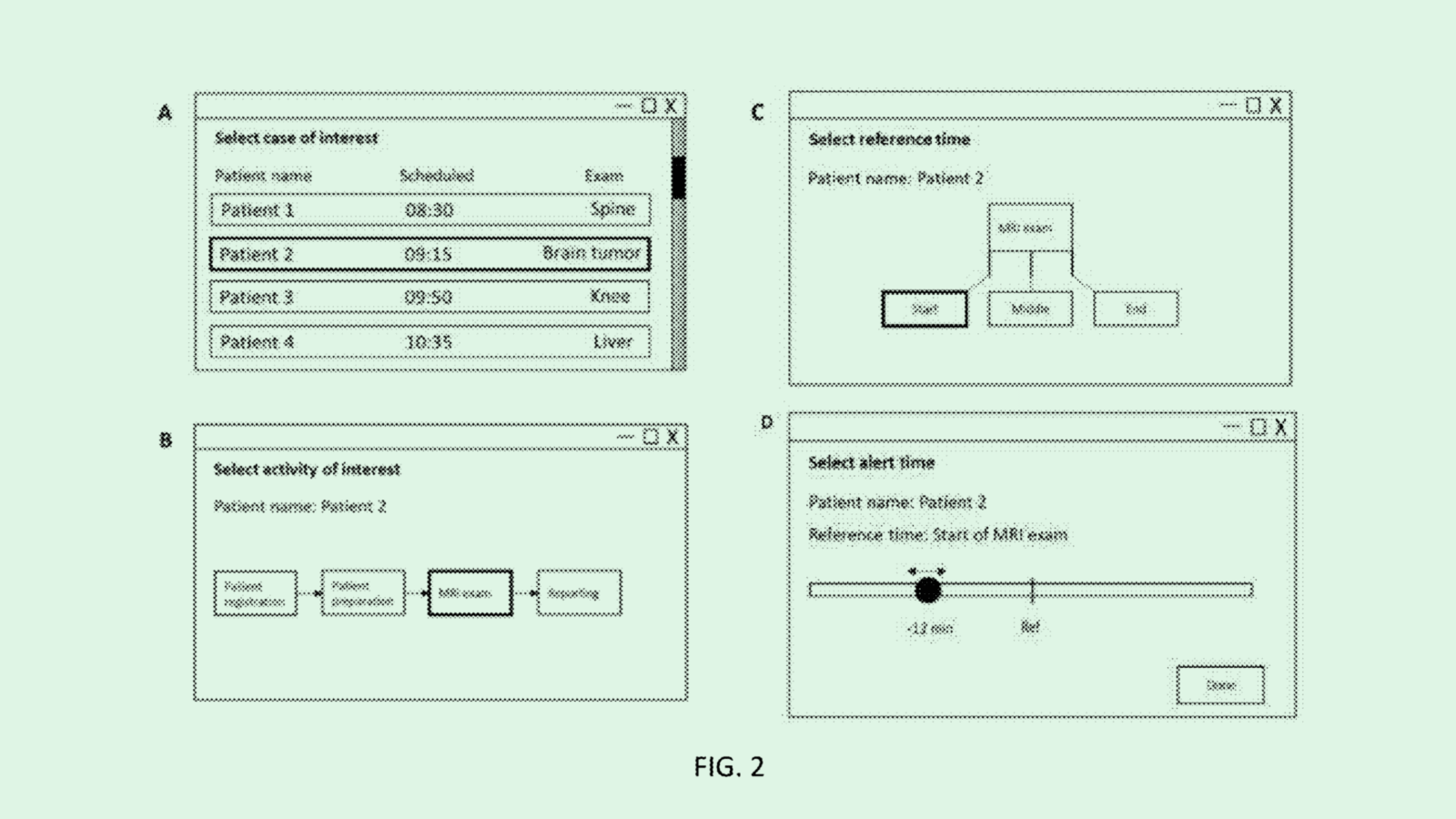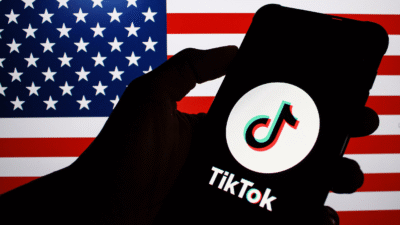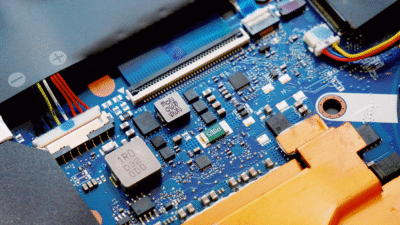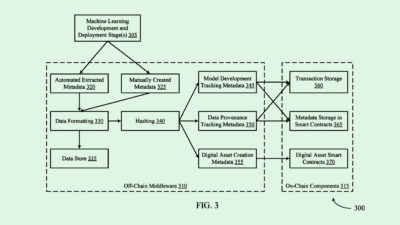
Sign up for smart news, insights, and analysis on the biggest financial stories of the day.
The cost of labor is skyrocketing. Companies are pouring money into artificial intelligence systems.
Hmm, is there a connection here?
Come on, Baby, Do the Automation
Climbing wages across the US may have contributed to a wage-price spiral that has kept spending — and inflation — exceedingly high. CNN reported that labor costs increased by 9% YoY for companies in the S&P 500 companies last quarter.
Meanwhile, tech stocks — especially those connected to real and projected AI aspirations — have been booming. The Nasdaq is up by more than one-third so far this year, and Big Tech companies that are rightfully perceived as heavy into AI have seen their shares surge in 2023. Alphabet, Microsoft, and Meta — all companies with their own AI large language models — have seen their share prices rise 52%, 37%, and 136% this year, respectively. And graphics chipmaker NVIDIA has seen its share price surge an astonishing 245% this year, while also surpassing $1 trillion in market cap.
While it’s all fun and games now for AI investors seeking real-life capital gains, the worry is that we may wind up over-automating everything:
- In a survey from polling site Morning Consult, 65% of respondents said they’re “very” or “somewhat” concerned about job losses due to AI.
- But it’s not just about “concern.” A recent report from outplacement services firm Challenger, Gray & Christmas found that AI contributed to nearly 4,000 job losses in May. In March, Goldman Sachs estimated AI could replace 300 million jobs globally with office jobs like paralegals and administrators being hit the hardest.
The Cycle Continues: In one sense, AI is just the latest version of machines replacing people. Before Gutenberg’s printing press, we had scribes. Before intuitive button systems, we had elevator operators. And before automatic switches, we had a real-life person who would transfer your long-distance phone calls by hand. Between 1962 and 2005, America lost 75% of its steel industry workers thanks to the emergence of minimills.
But the losses are never entirely permanent, as a market is created that relies on humans to build these machines, develop them, and make them better. When the machines start asking if we know John Connor, that’s when we should be afraid.











